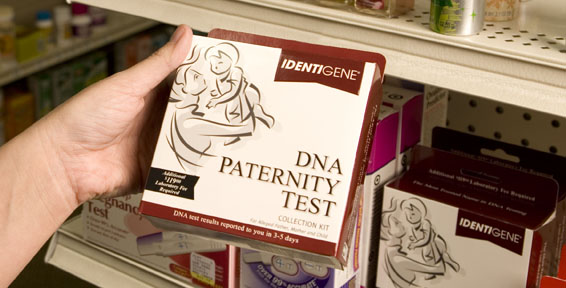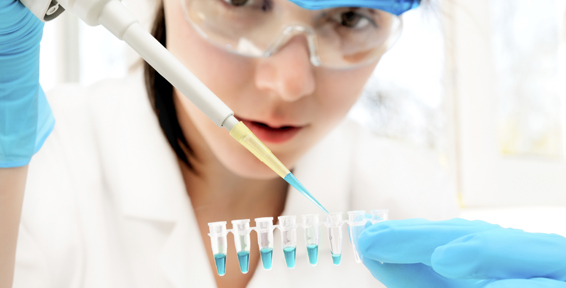Many people are aware that paternity testing is available, but may be unsure what this means precisely. How would paternity testing be defined and explained?
Define Paternity Testing
Paternity testing is defined as a test, particularly of DNA or genetic traits, to determine if a given man can be excluded as the biological father of a given child. If the tested man cannot be excluded, a probability of paternity is issued. If there are at least three genetic markers that are not shared between the child and the tested man, a paternity test can exclude someone from being the biological father with a 0% probability of paternity.
If no mismatches are found between the alleged father and the child, then this man cannot be excluded as the biological father. A probability of paternity of 99% or higher is considered as evidence supporting a child/parent relationship. The probability of paternity is reported on the paternity test results that are released to the participants.
Steps to a Paternity Test Result
There are three phases the submitted buccal (cheek) swab samples go through during paternity testing.
- The first step is the extraction phase, in which the DNA is extracted from the swab. In this stage the sample swabs are ‘cleaned’ and the DNA is isolated for testing.
- In the second phase, specific pieces (or markers) of the DNA are amplified, which means it is copied many, many times. These markers are then analyzed and a genetic profile is generated.
- In the final phase, the profiles of all participants in the case are then compared to one another in order to make a conclusion regarding the questioned paternity, and the results are reported to the participants.
Although a paternity test does take longer in “real life” than what you see on popular crime shows, you can rest assured that the results are accurate when all phases of the test are performed correctly.
Why Include the Biological Mother in Paternity Testing?
Many people wonder why we ask for the biological mother of the child to participate in a paternity test. Here are three common reasons:
- Including the biological mother of the child helps bring the probability of paternity to its highest percentage or helps to exclude a falsely-accused man from paternity. We can verify which markers of the child’s genetic profile came from the mother so that we can compare what is left to the potential father’s.
- In cases where there are only one or two exclusionary genetic markers, including the mother’s sample will often reveal additional exclusionary markers. Also in cases in which the probability of paternity is less than 99% (inconclusive), the mother’s sample will help to distinguish specifically which markers are shared by the tested man and the child, which often increases the probability of paternity to over 99%.
- The mother’s sample is also crucial to include in cases in which there are two alleged fathers who are related to one another (brothers or father and son). Often a related man to the actual biological father will have a finding of ‘not excluded’ as the father of a child simply because he is related as the uncle (or other first degree relative). Think about your own uncle or grandfather. You most likely share physical traits in common with your uncle because you are related to one another. Including the biological mother in these cases is of utmost importance in order to exclude the related alleged father.
This is why we strongly recommend including mom in paternity testing and all of the other DNA relationship testing that we offer.
For questions about your particular situation, feel free to contact our Client Support Team at 888-404-4363 during business hours. You may also find answers 24/7 in our online Help Center.








